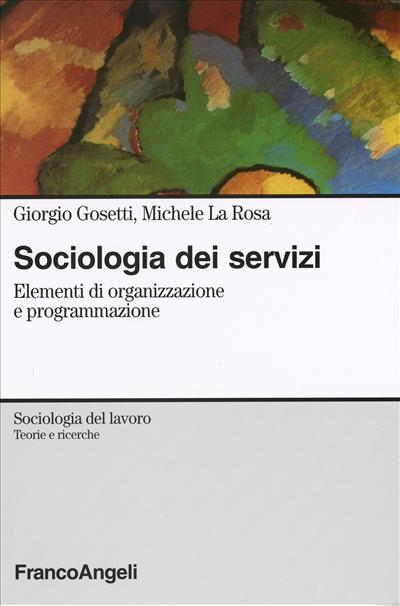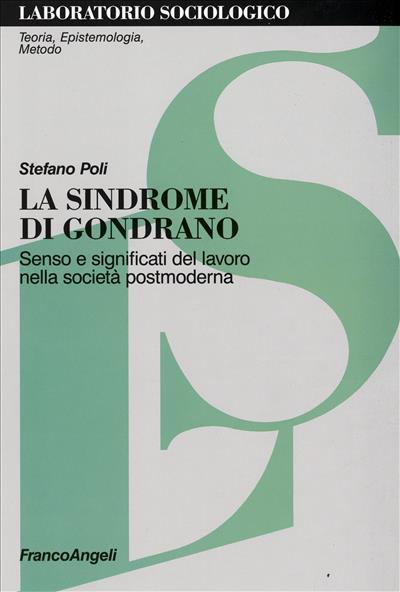
Italy Today 2008.
Social picture and trends
The annual Report on Italy’s social situation by CENSIS Foundation once again interprets and analyses the most significant aspects of Italy’s socio-economic trends. The General Considerations, introducing this year’s Report, confirm the fragility of our socio-cultural structure and the multiplication of small or big fears. In the same breath, the original features of our system of coexistence help us to face the current crisis, meanwhile we catch a glimpse of the signs of a silently starting second metamorphosis.
Printed Edition
34.50
Printed Edition
34.50
Pages: 272
ISBN: 9788856810615
Edition: 1a edizione 2009
Publisher code: 2000.1264
Availability: Buona
PDF with DRM
26.99
PDF with DRM
26.99
Pages: 272
ISBN: 9788856818727
Edizione:1a edizione 2009
Publisher code: 2000.1264
Can print: No
Can Copy: No
Can annotate: Sì
Format: PDF con DRM for Digital Editions




